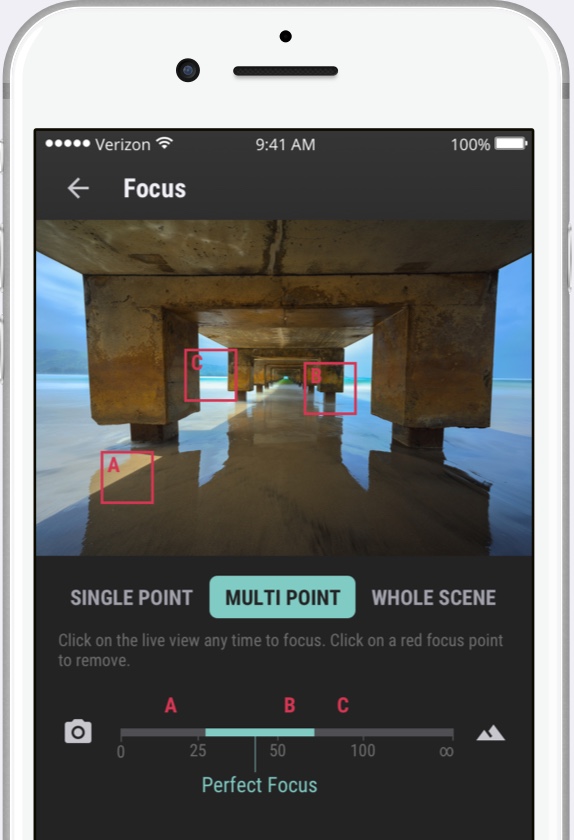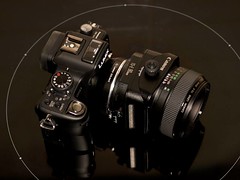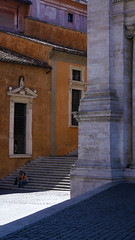The “Palace” of Knossos is an ancient archeological site of perhaps the 1st and oldest “city” in Europe, and now Greece’s 2nd most popular tourist site after the Acropolis.
The “palace” was discovered by Arthur Evans (after Minos Kalokairinos had discovered the site in 1878) who began excavating the site in 1900 and who then devoted his life to “restoring” and protecting the site from weather erosion as it had been the first time it had been exposed to weather in some 3,500 years.
Evans named the civilisation that built it, the “Minoans” after King Minos of Greek mythology.
It appears likely the “palace” was actually a necropolis and a ceremonial temple.
The site is only a 20-30min drive south of Heraklion and was 1st occupied around 7000 BC during the neolithic period and before the use of ceramic pottery, and 4000 yrs before the Bronze Age, and 5000 yrs before the 1st “palace” was built around 2000 BC.
This period presumably informs Homer’s accounts of the ancient Greek world and its mythology.
The first “palace” suffered major damage by earthquakes over the first 500 yrs and was continually restored and redeveloped although the original parts were not removed. The initial writing was Cretan hieroglyphic but this was replaced by Linear A writing when the “new palace” was built after major damage by an earthquake which destroyed most other temples in Crete at the time.
Around 1450BC, a major earthquake again destroyed all the temples and towns in Crete, but the New Palace was not so severely damaged that it had to be replaced, but rather, the damaged areas were rebuilt into the “final palace”, albeit with inferior materials and gypsum. It was during this period that Linear B writing was introduced, presumably by Myceneans, which was to become the early Greek language.
This “final palace” was again destroyed perhaps around 1325-1300 BC, but the fire preserved a large number of clay tablets and sealings were baked and preserved by the fire. The site appears to have been occupied nearly continuously up until 5th century AD.
More information about Knossos can be found here:
- http://www.minoancrete.com/knossos.htm
- https://www.khanacademy.org/humanities/ancient-art-civilizations/aegean-art1/minoan/a/the-palace-at-knossos-crete
- https://en.wikipedia.org/wiki/Knossos
Before you go to Knossos, it would be well worth your while going to the Archaeological Museum in Heraklion which will have many artefacts as well as a model reconstruction of the site.
My brief tour of Knossos:
The Knossos site is quite exposed and hot on a sunny day – bring a hat, sunscreen and water in summer!
The site covers about 150,000 square feet (14,000 square meters) and will take you an hour or so to explore, depending upon how many people are there and how interested you are in the site.
A section of a fresco:
A nearby olive tree grove – note that nearly every tree in Crete is painted white – apparently this has a very long history and it is a ritual performed before summer using a mixture of copper and slaked lime which primarily is designed to reduce fungal and bacterial disease, but also has some arguable aesthetic appeal.
The village of Archanes
Once you have finished at Knossos, I would recommend a short drive further into the the hills to a lovely quaint village for a traditional Cretan lunch and an explore of the back streets – the village of Archanes.
Handheld HDR:
I used the Olympus OM-D E-M1 Mark II with the holy trinity of zooms – Olympus 7-14mm f/2.8, Olympus 12-40mm f/2.8 and the Olympus 40-150mm f/2.8 and I used nearly every focal length this range afforded me and some were shot using hand held HDR bracketing.
Once you have had lunch and explored the village, head to the most beautiful city on Crete, the old Venetian port of Chania, but perhaps on the way stop for a coffee in the next biggest city, the old Venetian port of Rethymnos with its many lively cafes along the port:
Oh, and don’t forget, there are many speed cameras on the highway, all thankfully preceded by two warning signs before the camera (which is almost impossible to see at night), but inexplicably, there always seems to be a 60kph limit sign immediately just before the camera to make you even more paranoid – I am not sure the locals obey the brief 60kph limit sections but it seemed prudent to do so.
The great news for those renting a car in Crete is that you don’t have to worry about kangaroos jumping in front of your car – there were goats, but these were mainly on the slower roads and one had plenty of time to avoid them, you do however have to worry about cars overtaking on double lines which seems to be a marker to encourage overtaking instead of stopping it, if you straddle the far right lane marking you should be fine.





























































